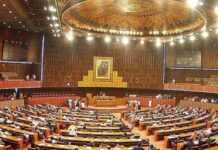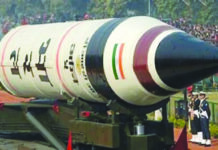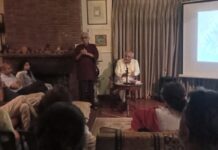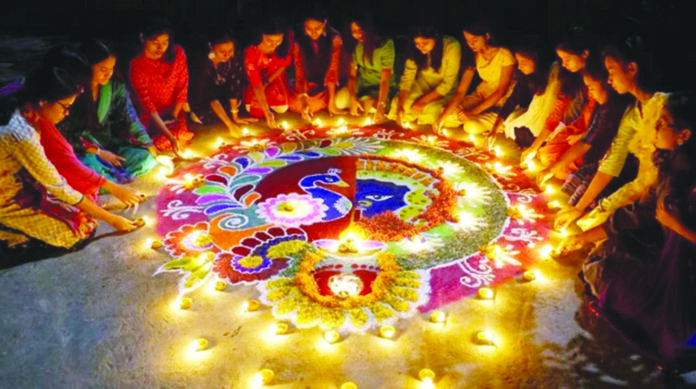Today, on 1st November 2024, the festival of Diwali is being celebrated all over the world. Diwali, also known as Deepavali, is a vibrant and cherished festival celebrated widely in India and across the globe. Known as the “Festival of Lights,” Diwali symbolizes light over darkness, knowledge over ignorance, and good over evil. With its roots in rich cultural traditions, Diwali unites people across various backgrounds.
The word “Diwali” originates from the Sanskrit dipavali, meaning “a row of lights.” Celebrated over five days during the Hindu lunar months of Ashvin and Kartika (October–November), each day holds unique customs, symbolizing prosperity, family bonds, and spiritual renewal:
- Dhanteras: Dedicated to Lakshmi, the goddess of wealth. Families clean and decorate their homes, believing it attracts prosperity.
- Naraka Chaturdashi (Choti Diwali): Celebrates Lord Krishna’s victory over Narakasura, symbolizing the defeat of darkness. Homes are decorated, and sweets are shared.
- Lakshmi Puja (Main Diwali Day): Families perform prayers seeking Lakshmi’s blessings for prosperity, celebrating with lamps, fireworks, and festive meals.
- Govardhan Puja (Padwa): Honoring the bond between husband and wife and symbolizing protection, commemorating Krishna lifting the Govardhan Hill.
- Bhai Dooj: Celebrates the bond between brothers and sisters, who exchange blessings and gifts.
Diwali’s Origins: Cultural and Seasonal Roots
Tracing back to the Indus Valley Civilization, Diwali was initially a harvest festival of Cotton and Rice crops. Ancient societies celebrated the season’s bounty, marking the shift from summer to autumn and the start of a new financial year for many Indian communities.
Today, the festival includes diverse cultural elements:
- Illumination: Homes and streets are decorated with lamps (diyas), representing light’s victory over darkness.
- Fireworks: Fireworks light up the sky, adding joy to the celebration.
- Feasts and Sweets: Traditional sweets like ladoos and barfis are shared, fostering community bonds.
- Rangoli: Colorful patterns adorn entrances, welcoming guests and prosperity.
Diwali’s Spiritual Significance Across Religions
For Hindus, Diwali honors key legends, such as Lord Rama’s return to Ayodhya and Lakshmi’s blessings. In Sikhism, it coincides with Bandi Chhor Divas, marking Guru Hargobind’s release, symbolizing liberation. In Jainism, it commemorates Lord Mahavira’s enlightenment, reflecting inner light. Some Buddhists, especially in Nepal, celebrate it as Emperor Ashoka’s conversion to Buddhism, symbolizing peace and compassion.
Diwali is a celebration of unity, hope, and renewal. It transcends cultural and religious boundaries, encouraging all to embrace joy, reflect on virtues, and share in the universal triumph of light over darkness. Diwali invites us to appreciate our shared humanity, fostering a brighter, more harmonious world.
Diwali in Sindh
In Sindh, Diwali, the Festival of Lights, traces back to the ancient Harappa and Mohenjo-Daro civilizations, where themes of light, renewal, and community were celebrated. Today, this heritage endures in Sindh’s inclusive society, uniting people of all faiths— Muslims, Sikhs, Christians, and Hindus. Sites from the Indus Valley civilization, dating to around 2500 BCE, reflect a culture that shaped festivals like Diwali.
In cities like Karachi and Hyderabad, Diwali fosters interfaith dialogue and community events, with diyas, sweets, and rangoli celebrating Sindh’s legacy of unity. Local poets enrich the celebration by capturing its essence, making Diwali a time for creativity and reflection.
Look at the festival lamps, the sea is aflame,
Let us weep for the pain of separation,
We will strike and still bring forth the sun’s light. (Shah Latif)
Yesterday, you looked at me like a festival lamp,
The city was full of lights, illumination at every door. (Sheikh Ayaz)
May good fortune come to your nights; tell all of them
Tonight, when we light the lamps, keep them high. (Faiz Ahmad Faiz)
In the fragrance of Sindh, the night is filled with colors,
Holi and wedding celebrations, both are beautiful. (Sheikh Ayaz)
In the darkness of despair,
Your smile is like the festival light.
Let the courtyard be filled with joy, let the heart celebrate the festival.
Let there be light throughout the land of Sindh.
Sometimes Eid in the courtyard, sometimes Diwali…
Shimmering Sindh forever remains bright.
Actually, Diwali’s origins predate the Ramayana, symbolizing ancient societal conflicts of Aryans and Dravidians. Diwali highlights different challenges, as labourers face economic hardships that limit their participation. Commodification contrasts with these struggles, emphasizing class divides. True celebration calls for collective well-being and reflection on inequality. Media often focuses on affluent celebrations, overlooking 80 percent of the population, including Scheduled Castes, Harijans, Dalits, and Adivasis, whose rich traditions are rarely shown. This highlights economic inequality and limited recognition for Pakistan’s Hindu community, who lack media support despite a public holiday. Political priorities often favor affluent Hindus, limiting broader representation.
However, Diwali in Sindh reflects joy but also the struggles of marginalized communities. Acknowledging these diverse celebrations is essential for a society that honors and respects the contributions of its Hindu minority.
Diwali is a celebration of unity, hope, and renewal. It transcends cultural and religious boundaries, encouraging all to embrace joy, reflect on virtues, and share in the universal triumph of light over darkness. Diwali invites us to appreciate our shared humanity, fostering a brighter, more harmonious world.























